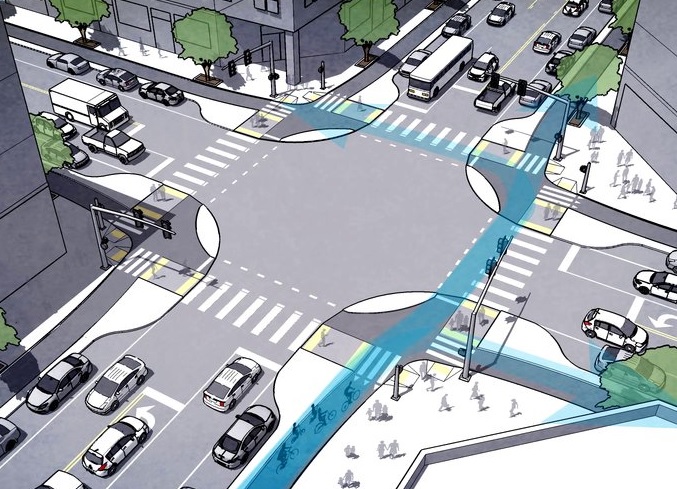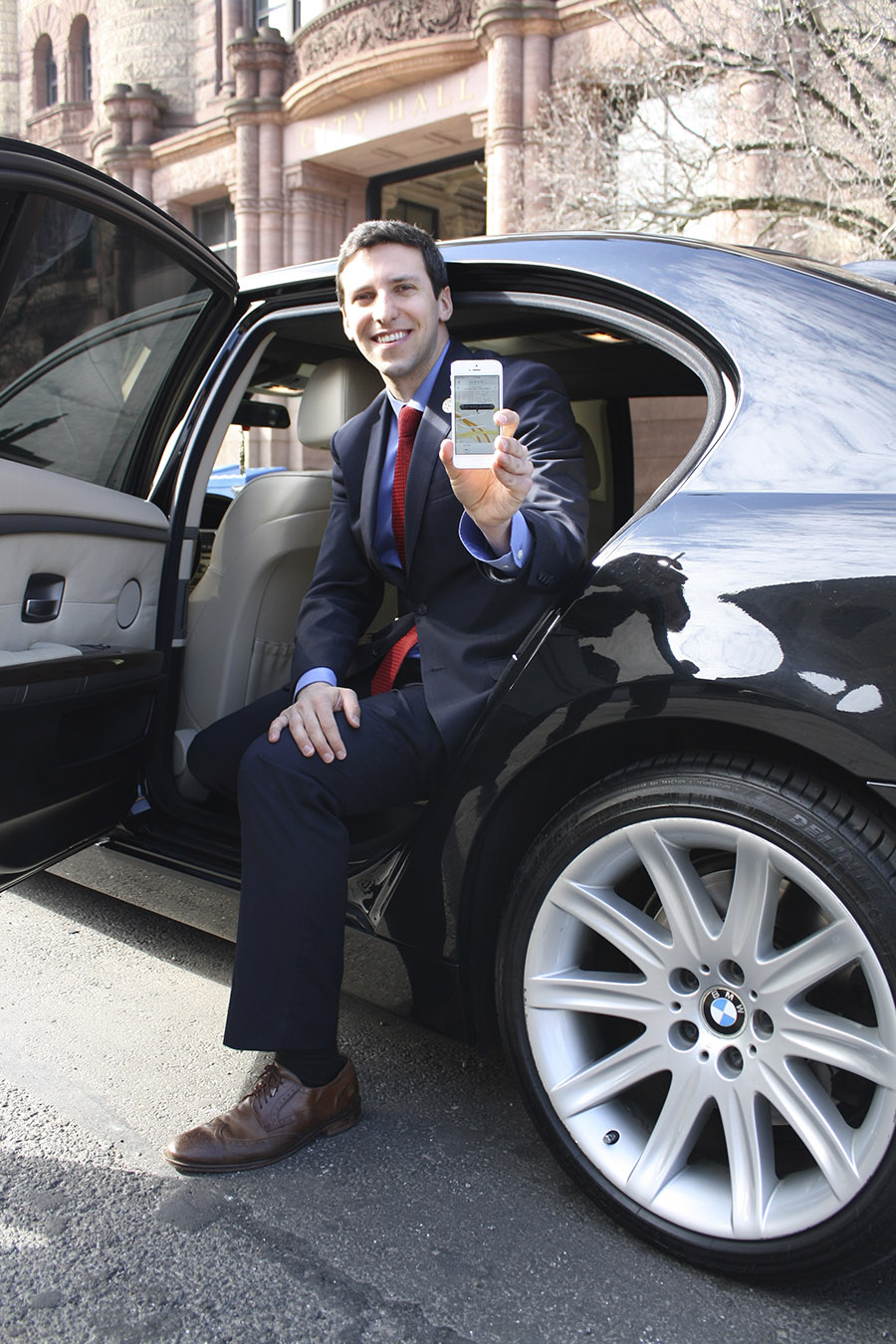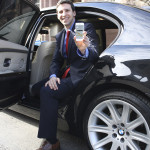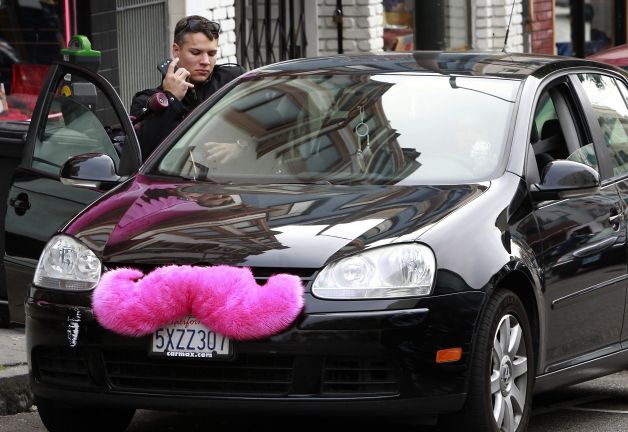Four days after our initial report that Uber would soon enter the Cincinnati market, the technology company that has been changing the way people think about the taxi and ridesharing industry officially launched their uberX and uberBLACK services in the Queen City.
With one week remaining on Uber’s initial two weeks of free service, people who wish to use the service are asked to download the company’s smart phone app and then create an account. This is important because this is how users will pay, rate their drivers and access information about where and how many vehicles are available.
The use of this application also allows Uber to track important data about their drivers and their customers. It also helps the company make business decisions.
“Cincinnati has certainly been a market that’s been on our radar for a while,” James Ondrey, Uber’s Ohio General Manager, told UrbanCincy by email. “As a tech company that likes to look at data to drive our decisions, we could see that many people had downloaded Uber or opened the app to look for a ride in the Cincinnati area. So there is definitely pent up demand here.”
Beyond that pent up demand, Ondrey also says that changes to Ohio’s for-hire-sedan code, which allowed for rates to be charged beyond only an hourly rate, opened the door for Uber to work with area limousine operators using rates based on time and distance.
Cincinnati, however, is not Uber’s first market in Ohio. They launched in Columbus in December 2013 and are currently rumored to be eyeing Cleveland for a launch later this year.
“Columbus has been great so far – riders and drivers have been embracing us in drovers and I think the city sees the benefits to having Uber in town,” continued Ondrey, whose position is based out of Columbus. “We expect to see the same here in Cincinnati.”
Ondrey says that the goal is to establish Uber as the most reliable transportation option for Cincinnatians, and he expects that service levels will only improve as they are able to add driver-partners.
“I want you to be able to open your Uber app and always see a car available in less than five minutes,” Ondrey said. “We are in soft launch phase now, so we start with just a handful of initial partners, but you’ll see that grow quickly as we try to keep up with all the demand.”
Not everyone, however, has been thrilled about Uber’s launch.
One UrbanCincy reader explained difficulties with signing up as a potential uberX driver, and was frustrated by what he perceived as a lack of transparency about the need for cars to be no older than eight years. Other readers from the taxi and limousine industries have also expressed frustration.
Bob Michaels, owner of Crown Car & Coach, told UrbanCincy by email that, “As a black car service operator of 11 years in Cincinnati, it is not the taxi industry that is affect, but our core business also.”
While those issues are sorted out, along with a variety of other complaints that have been lobbed at the startup company, Uber officials are moving forward and happy to bring a new transportation choice to Cincinnatians.
“I think transportation choice is ultimately a great thing for consumers,” Ondrey concluded. “We are bringing efficiency to the transportation system in Cincinnati. And again, consumers will ultimately benefit from that competition.”
“You look at all the resurgence that’s happening in Cincy right now – the continued neighborhood development and the increasing desire of folks to return to the urban core – and you can see why it’s a match made in heaven.”
In follow-up correspondence with Lyft officials, the company has said that it has not yet decided officially whether it too will enter the Cincinnati market, but conceded that they are considering it at this time.
Stay tuned to UrbanCincy for further developments on that, and for additional reports as we continue to examine the other aspects on the region’s car-for-hire industry.
Photographs provided by Uber.




